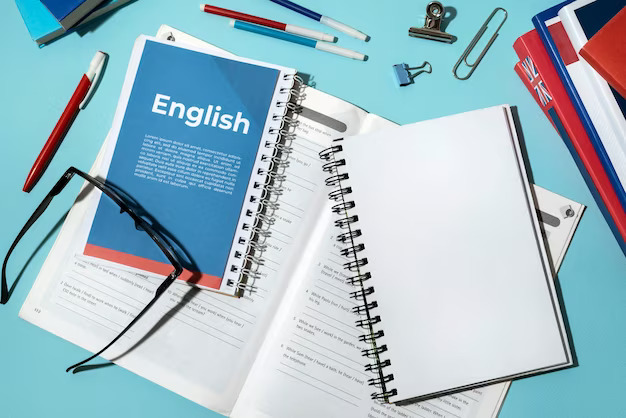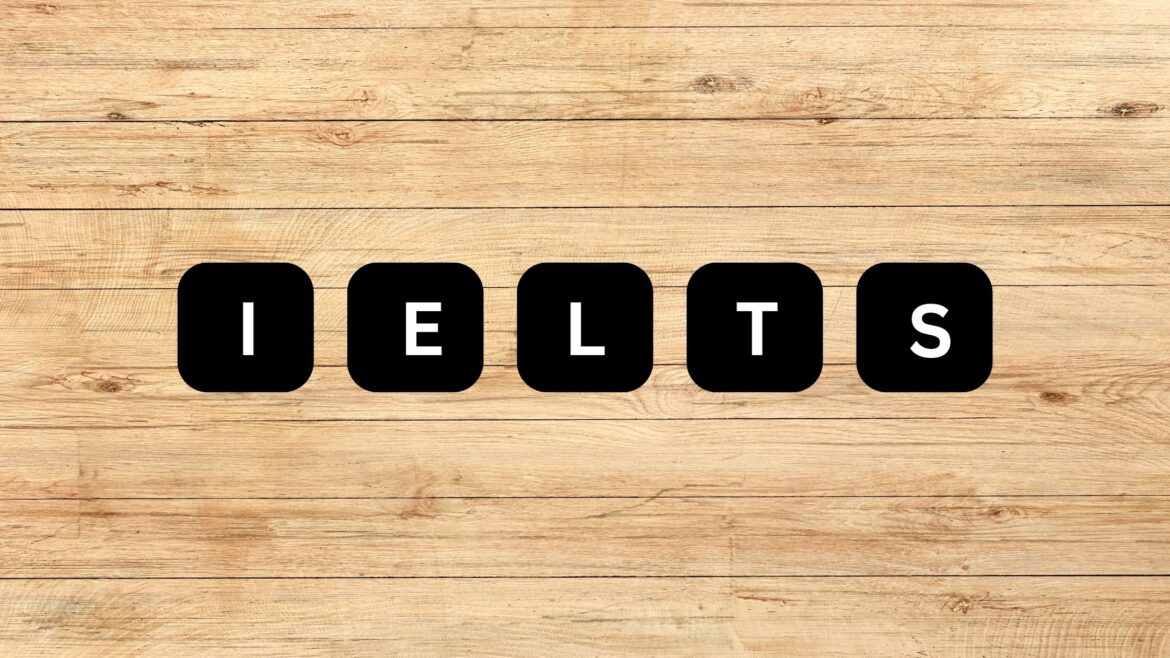Certainly! The PTE (Pearson Test of English) writing section assesses your ability to produce written English in an academic environment. Here are some tips to help you excel in the PTE writing tasks:
Summarize Written Text:
- Practice Summarizing:
- Regularly practice summarizing long paragraphs into a concise sentence.
- Focus on identifying the main ideas and key details.
- Manage Time Effectively:
- Allocate a specific amount of time for reading and writing.
- Stick to the recommended time limit to ensure completion of all tasks.
- Use Correct Grammar and Vocabulary:
- Pay attention to grammar, spelling, and punctuation.
- Use a variety of vocabulary to express your ideas.
Write Essay:
- Plan Before You Write:
- Spend a few minutes planning your essay before you start writing.
- Create a rough outline of the main points you want to cover.
- Develop a Clear Structure:
- Include an introduction, body paragraphs, and a conclusion.
- Each paragraph should have a clear main idea.
- Support Your Ideas:
- Support your arguments with examples and relevant details.
- Use specific examples to illustrate your points.
- Vary Your Sentence Structure:
- Avoid repetitive sentence structures.
- Use a mix of simple and complex sentences to showcase language proficiency.
- Proofread Your Essay:
- Allocate some time at the end to proofread your essay for errors.
- Check for grammar, spelling, and punctuation mistakes.
Additional Tips:
- Practice Regularly:
- Familiarize yourself with the test format and practice regularly with sample questions.
- This will help you get used to the time constraints and improve your performance.
- Build Vocabulary:
- Work on expanding your vocabulary to express ideas more precisely.
- Use a variety of words to enhance your writing.
- Read Widely:
- Reading extensively exposes you to different writing styles and improves your comprehension skills.
- It also helps you become familiar with a wide range of topics.
- Understand the Scoring Criteria:
- Familiarize yourself with the scoring criteria for each task.
- Focus on meeting the specific requirements outlined in the scoring rubric.
Remember, consistent practice and a good understanding of the test format will contribute significantly to your success in the PTE writing section.










